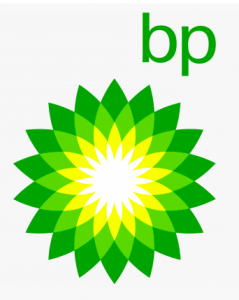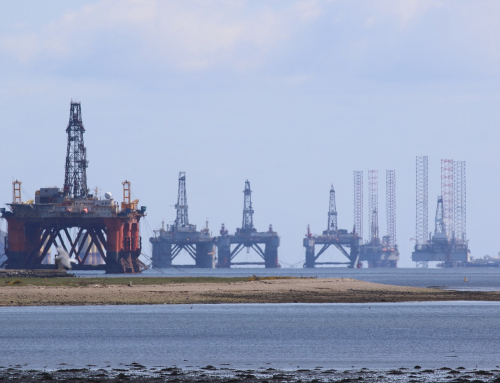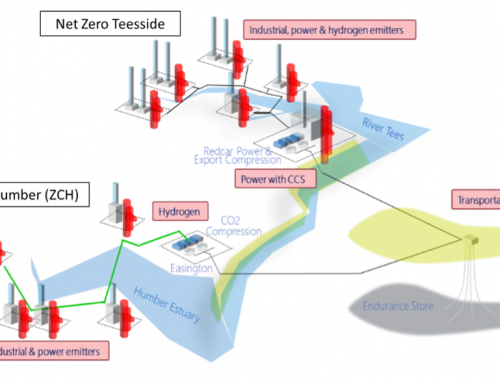By Barney Smith
For BP, as for Shell, the objective is to gradually move to become a different sort of energy company while preserving the more immediate returns from oil and gas which will still be needed by consumers for years, if not decades, to come. But BP, unlike Shell, has so far received a somewhat more sympathetic hearing from the media. This may be because BP are putting identifiable funds into renewables, while Shell are concentrating on the electric revolution, an approach more difficult to evaluate.
At all events, Bernard Looney, who became CEO of BP only a year ago, has made some very firm commitments. He has pledged to reduce oil and gas production by over 40 per cent and not to start exploration in any new countries. He has also said that a key element will be to increase low carbon investment to around $5 billion a year – 10 times what BP invests today. “We aim to be a very different kind of energy company by 2030. Our new strategy provides a comprehensive and coherent approach to turn into action our ambition for net zero emissions by 2050. Rapidly growing the renewables business is core to this strategy. By then we will need to have developed around 50 gigawatts (GW) of net renewable energy generating capacity – a 20-fold increase on the 2.5GW we have developed so far”.

The first step in this strategy was putting US$ 1.1 billion into a 50/50 joint venture with Equinor (formerly Statoil) which could provide over 4GW of power from off-shore wind for the US market; the next step was to bid for, and win, two 60 year leases in the Irish Sea in partnership with the German Energie Baden Wuerttemburg. These two leases once operational in seven years time should provide capacity of some 3GW.
The UK still has the most off-shore wind capacity in the world and it is clear that the sector is moving from “niche” to “flavour of the month”. BP bid in the UK’s first off-shore leasing round for a decade and in the interim costs have fallen dramatically. Returns from off-shore wind projects like this are now attractive. The two areas involved are no more than 20 miles off the coast of North West England and North Wales and in relatively shallow water (35-40 metres). This, together with the proximity to shore and historically strong wind, make for a convincing investment case. The company expects to make a return of 8 to 10 per cent.
The renewable power produced will also help with BP’s expanding electric charging network in the UK. By 2050 the aim is to be providing upwards of 70,000 charging points, almost a ten-fold increase on today’s total, Interestingly, BP (and Shell) now own at least a quarter of the UK’s public charging points between them. They are not alone: the French giant, EDF, spent more than £100m in February 2020 to buy a majority stake in electric vehicle charging point manufacturer Pod Point.
There is a more immediate interim target of 16,000 units by 2030.This is the same year as the ban on the sale of new petrol and diesel cars in the UK comes into force, posing a further threat. Nonetheless BP backs the ban on new petrol and diesel cars/vans – despite the impact on the fuels business. But margins on electricity are thinner than those on petrol and BP (and Shell) need to find ways to continue to sell coffee etc. to drivers while charging is taking place. Synchronising the timing of the two might be a useful objective.
All this should result in emissions associated with carbon in BP’s upstream oil and gas production being 35-40 per cent lower by 2030.
One further point: companies increasingly need to make sure their oil and gas price assumptions – fundamental to their balance sheets – are consistent with the Paris climate accords, under pressure from investors. Accordingly last year BP sharply reduced its long-term price assumptions for Brent crude to $55 per barrel and $2.90 per mmbtu for Henry Hub gas, triggering massive write-downs in the value of the fossil fuels still in the ground. That seems about right for the moment – Brent on 22 February was at $62.91 and Henry Hub gas at $3.07.





